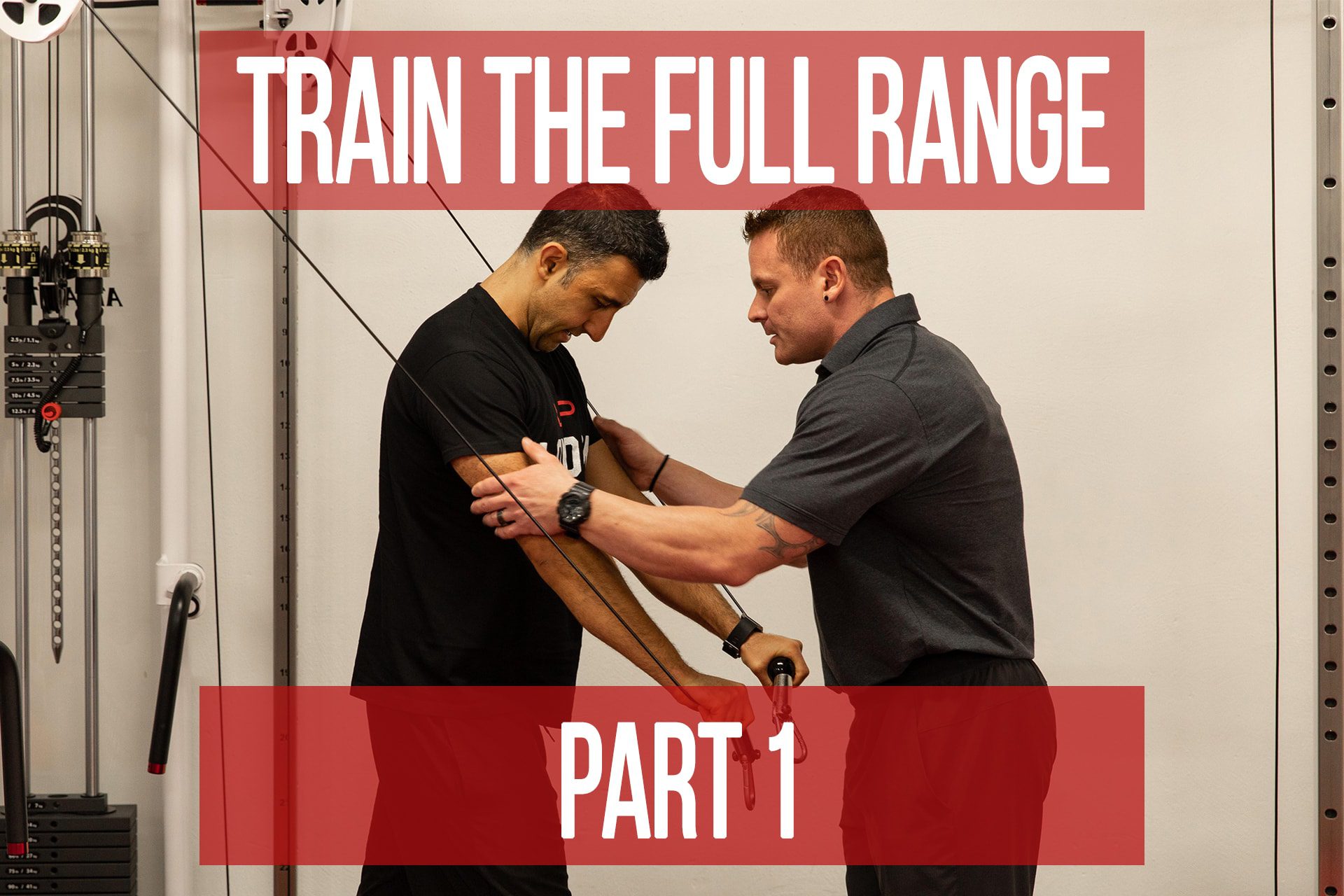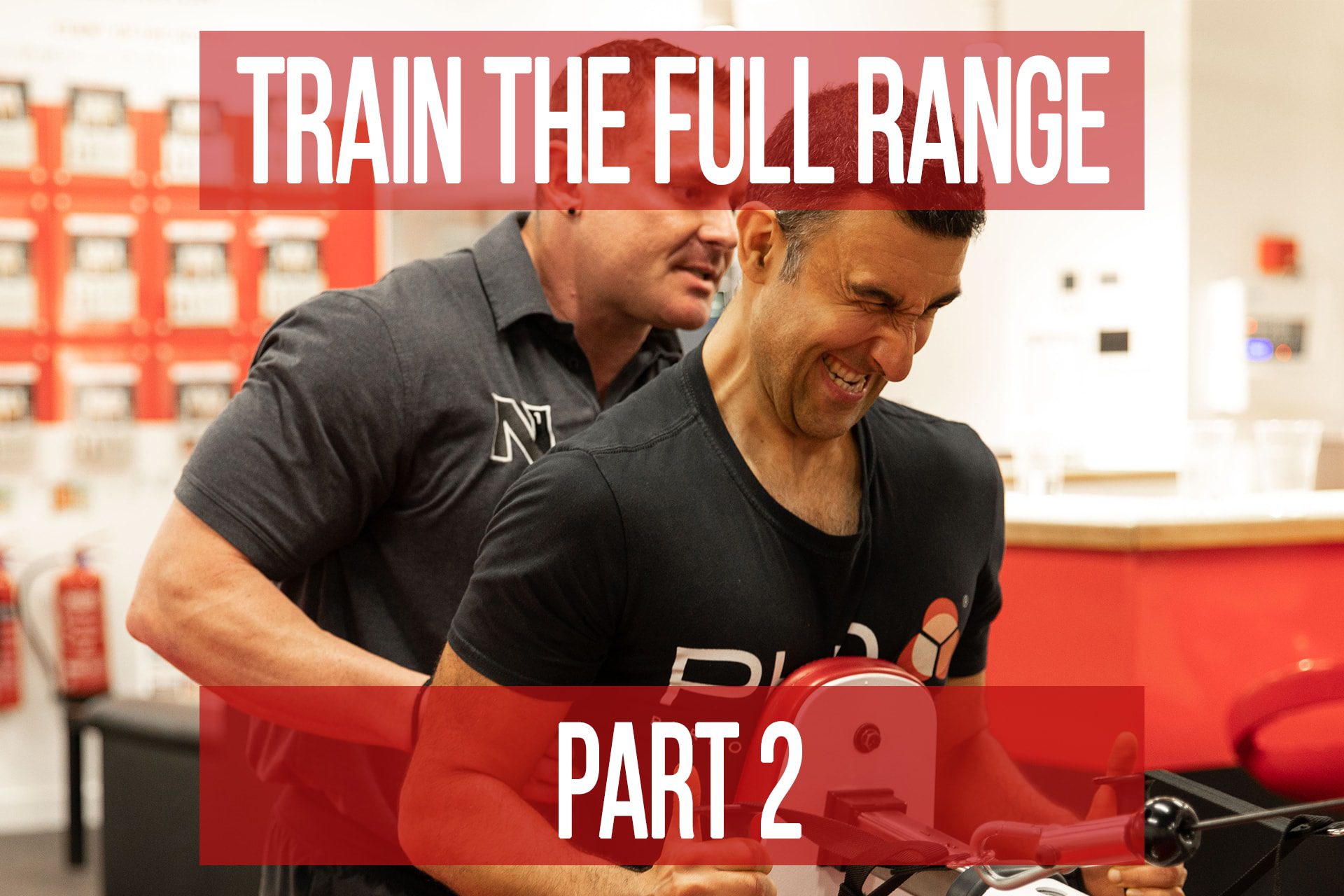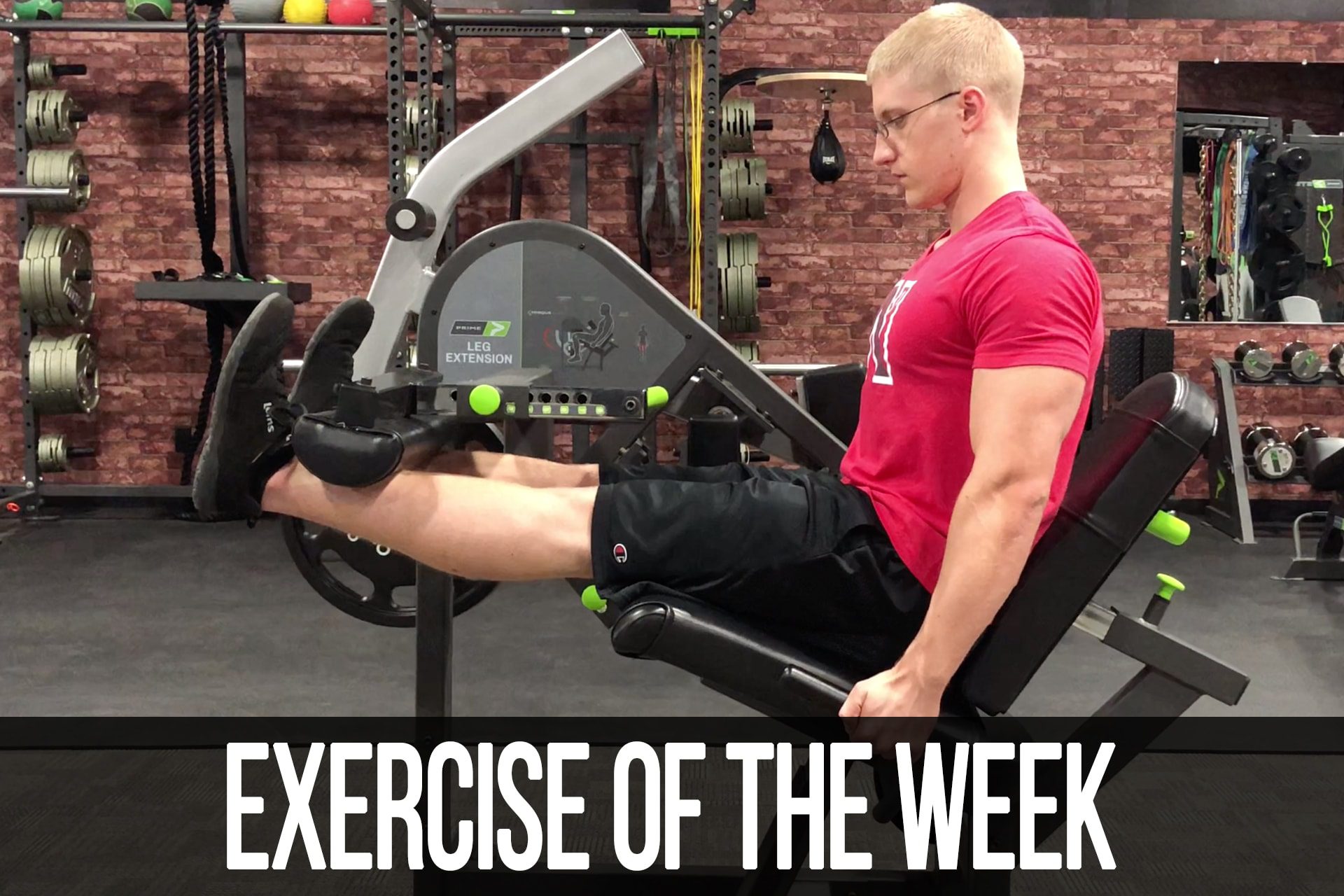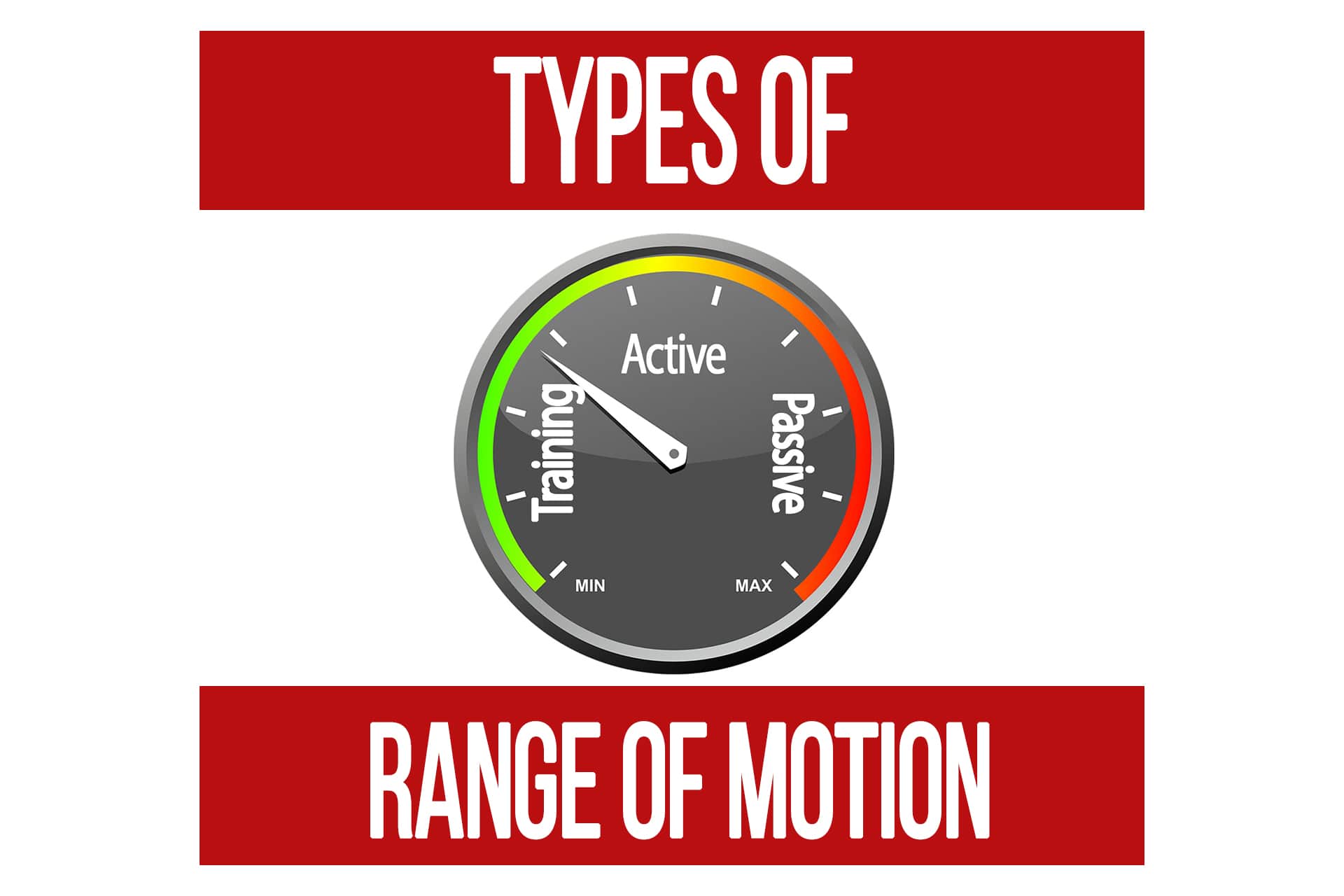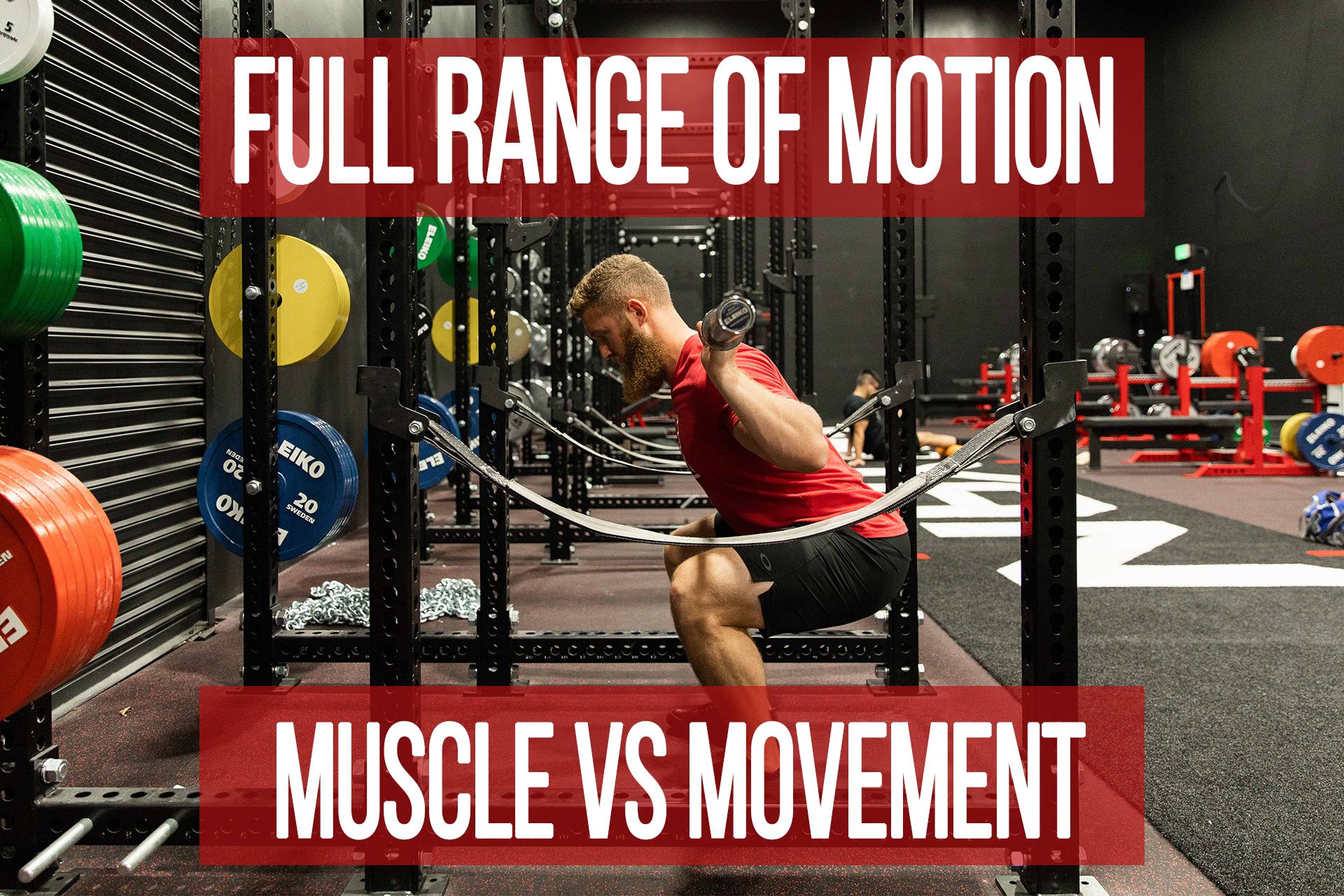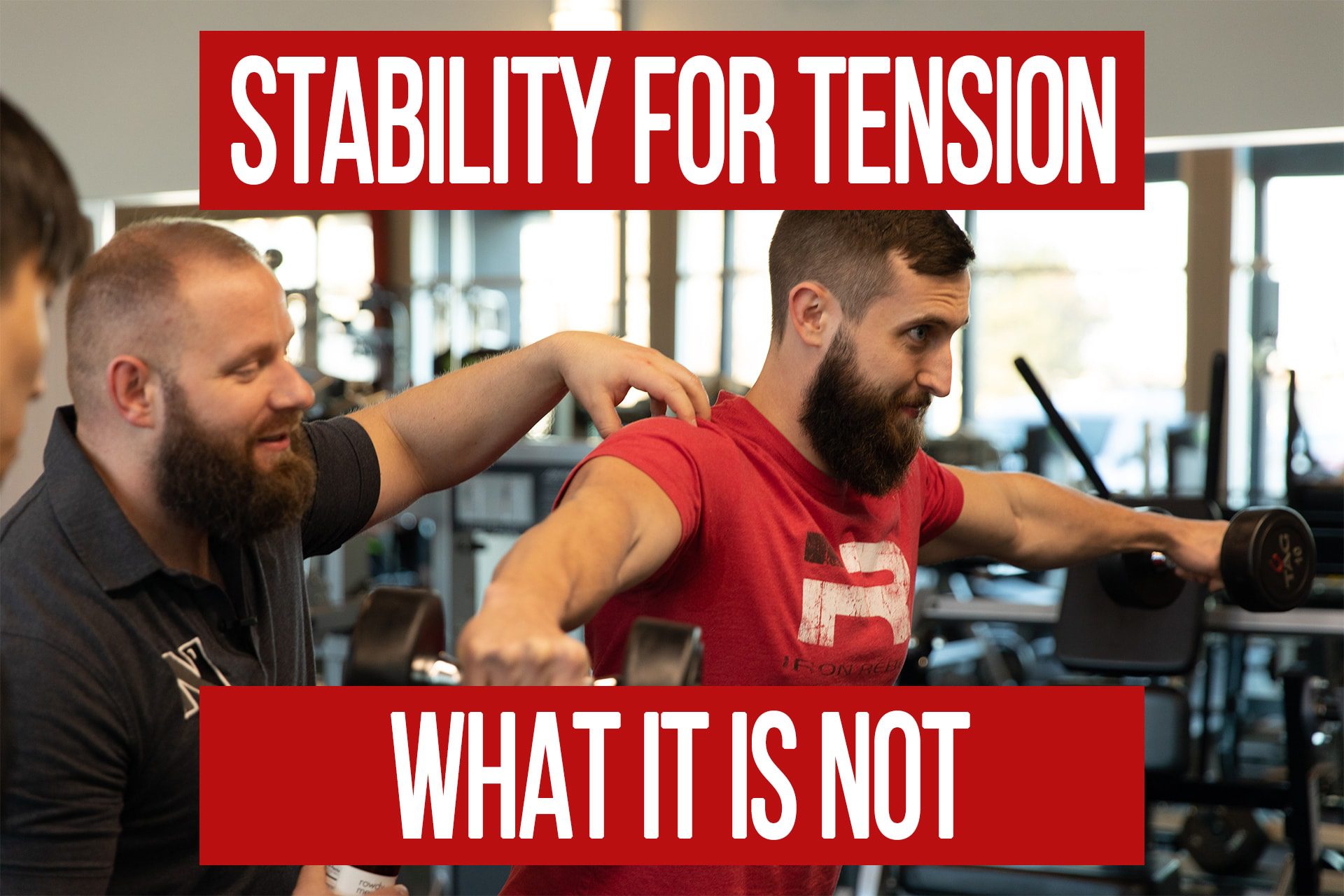What Makes a Good “Output” Exercise
n1 training
The qualities we look for when choosing an exercise for maximum effort to failure are:
1. Opportunity for Stability
Ideally a machine or exercise where you are supported enough that you don’t have to spend excess energy (mentally or physically) trying to prevent unwanted movement. This way you can focus 100% on contracting and controlling each rep and less on other muscle groups hitting fatigue first, which would limit your overall output.
2. Safe
By “safe” we are referring to an exercise that won’t force you outside your active range of motion when you hit failure or fatigue.
For example, hitting complete failure in a leg extension is relatively safe. You just stop moving and then you slide on to the floor. Hitting complete failure in a squat or bench press and you can seriously injure yourself. Choose an exercise that when you can no longer contract, it is safe to just stop the exercise and you don’t have to worry about getting pinned or overstretching anything.
3. Resistance Profile
Choosing an exercise that is most loaded in the lengthened position will not be ideal for maximum output. That is because even when you hit failure in the lengthened position and can no longer complete another rep, your muscles will still have the potential to work through the rest of the range. Selecting exercises that are most challenging (overloaded) in the mid range or towards the shortened position will allow you to take yourself to a greater degree of complete muscular fatigue.
This doesn’t mean you cannot or should not go to failure on other exercises that don’t fit these qualifications, but it is important to be conscious of the limiting factors and your execution in order to stay safe.

Popular Pages
Learn & Train With Us
Add N1 Training to your Homescreen!

Please log in to access the menu.
